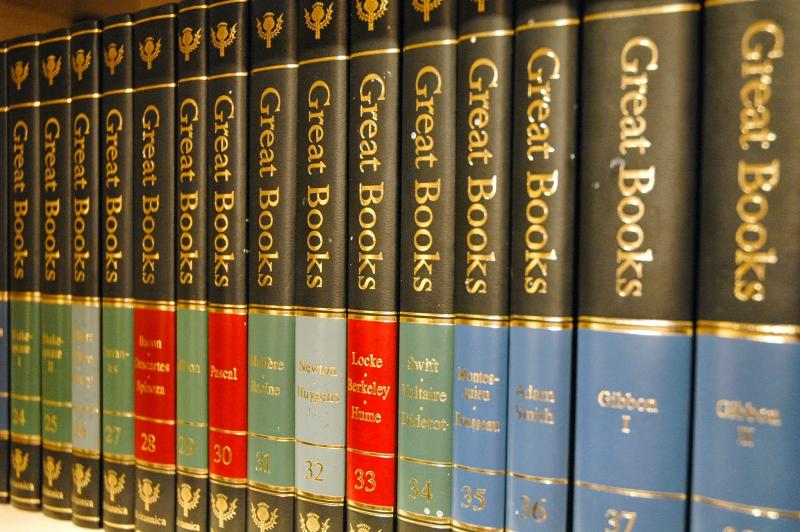The Great Books - Anna Karenina
By: Nina Sovich



THE FIRST TIME I read “Anna Karenina” I was in a cottage outside Stockholm the summer after I graduated high school. It rained every day for a month, and I had no one to talk to but my shy grandmother. Days were long and empty. I dreaded the autumn when I would start college.
Twenty five years later, in this other age of discontent, time is again stretched thin. Days are slow. The fall semester is fraught. To reach for an 864-page Russian novel of love, loss and grand journeys to European spa towns and Italian palazzos feels right.
Leo Tolstoy’s “Anna Karenina,” first published as a book in 1878, is best known for the torrid love affair between its eponymous heroine and a cavalry officer named Vronsky. Anna gives up everything for him, leaves her husband and small son, to become his mistress. They flee to Italy and once they’re back in Russia, society turns against her. Her big glittering world becomes a housebound, claustrophobic life. Vronksy cools to her and she despairs: “it’s all just deception, morphine under a different name.” Needless to say, it does not end well.
As a teenager, all my sympathies lay with Anna. Now I’m not so sure. It’s the book’s other couples that incite my interest. We have Dolly Oblonsky trying to teach French to her six children in a ramshackle dacha while her husband does god-knows-what in town. We have Levin marrying Kitty in a surfeit of love and watching in consternation as she keeps rearranging the furniture: “but like all men, he forgot that she too needed to work,” Tolstoy posits.
Each marriage in the book has its own whiff of quarantine, but solace lies in the children. When Anna sees her son after a long absence, he senses shame and fear. “You don’t need this,” he says taking off his mother’s hat in order to see her face. As Anna leaves, he cries and you want to reach right into the pages of the book and comfort the boy. But you cannot, so you keep on reading.


